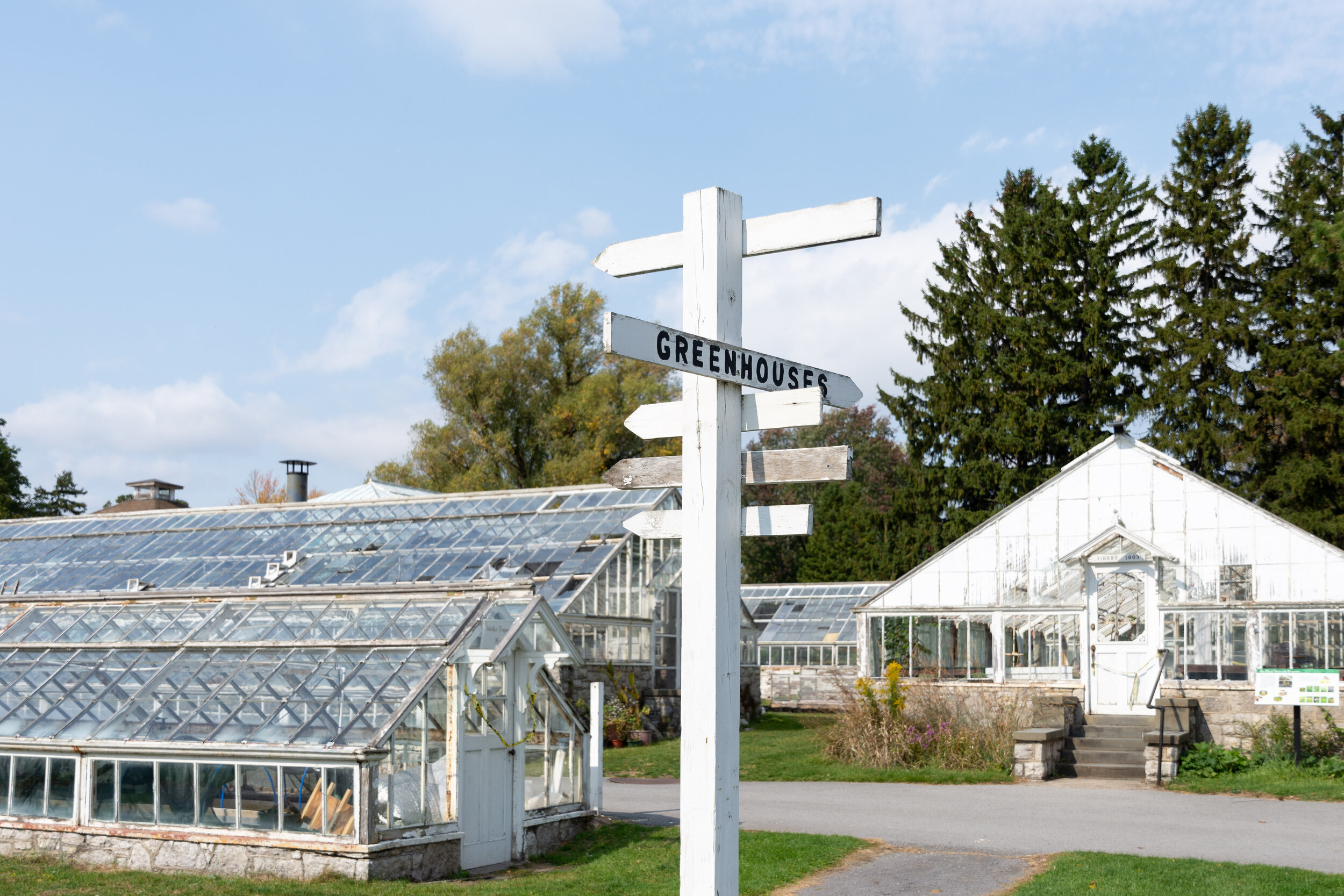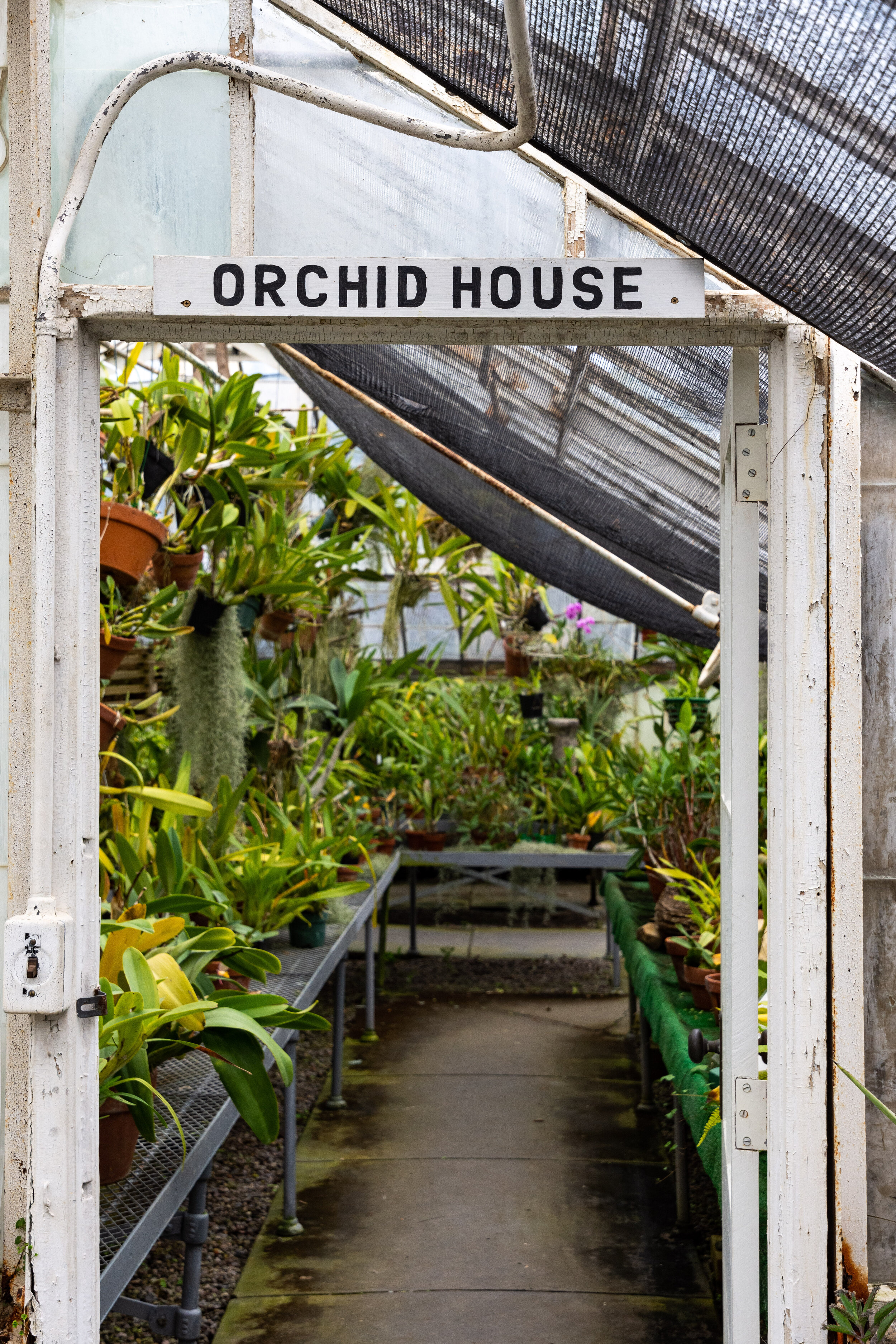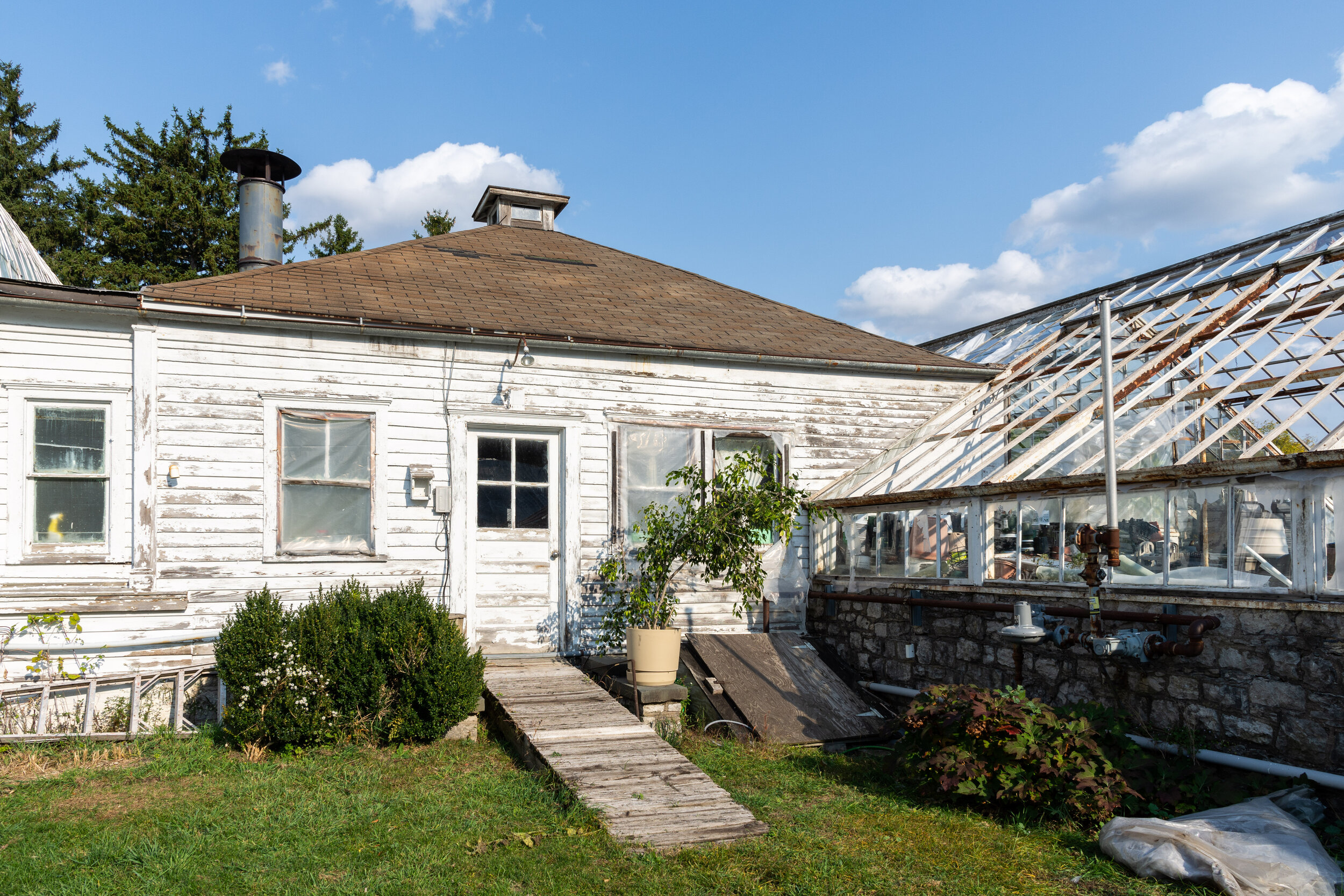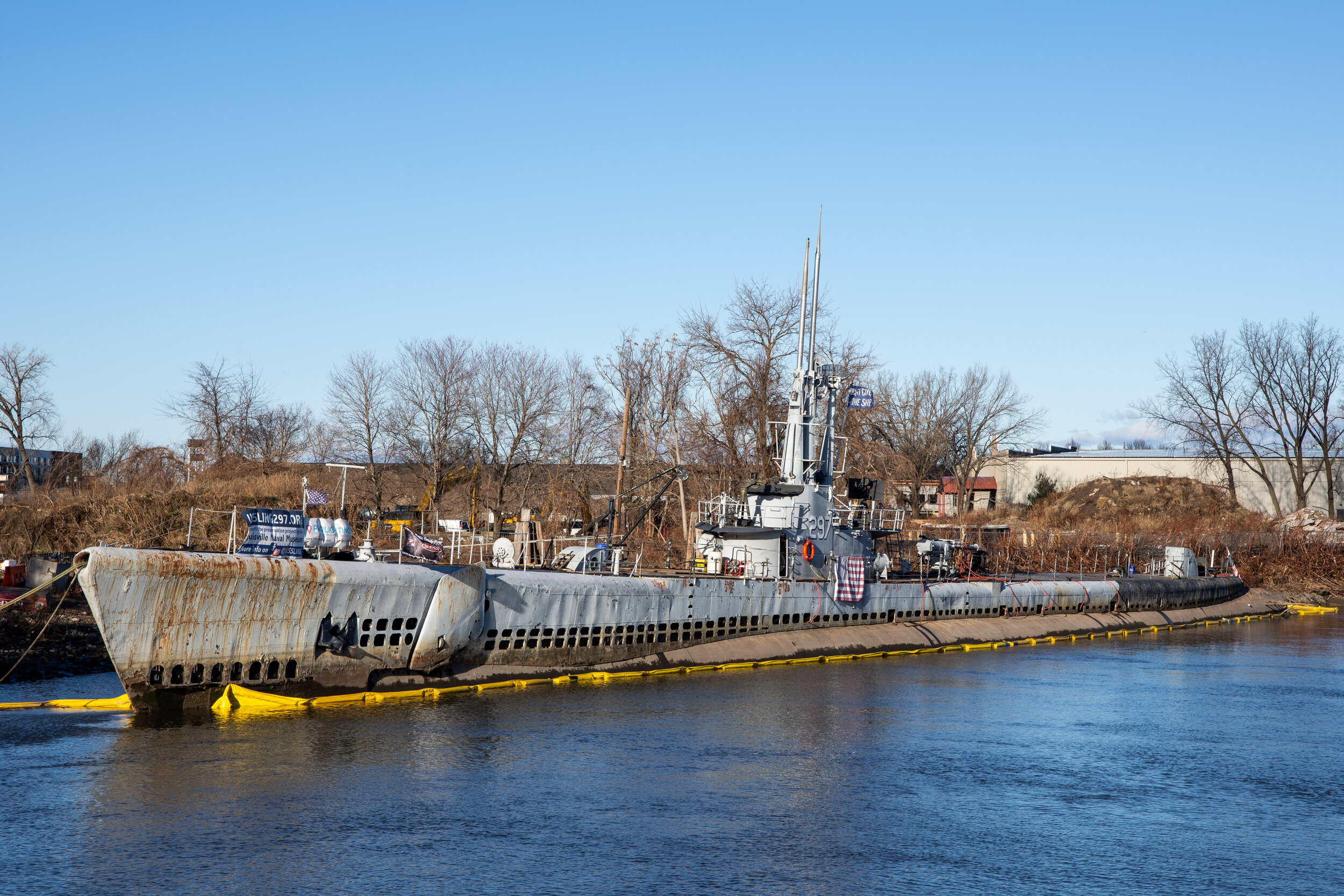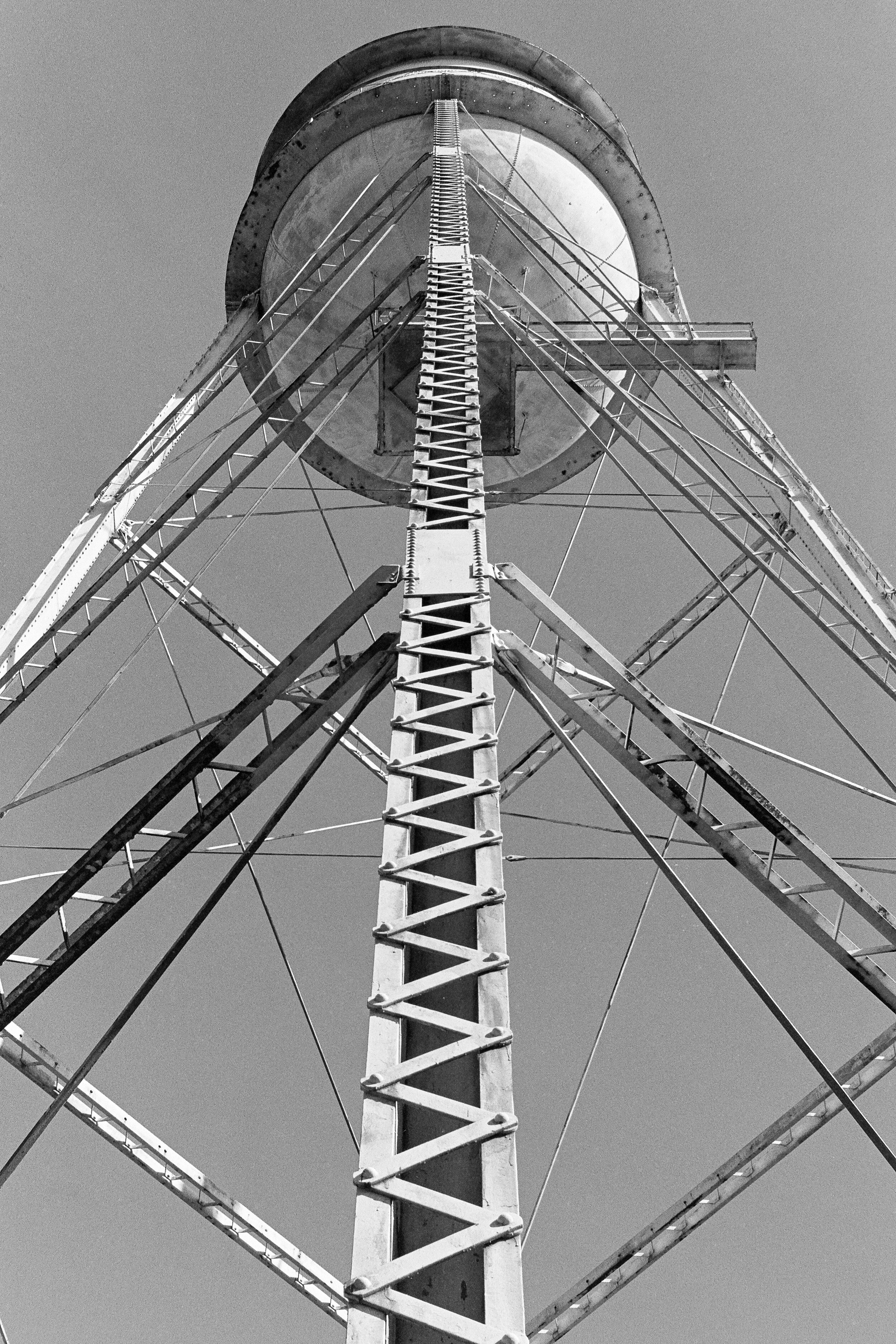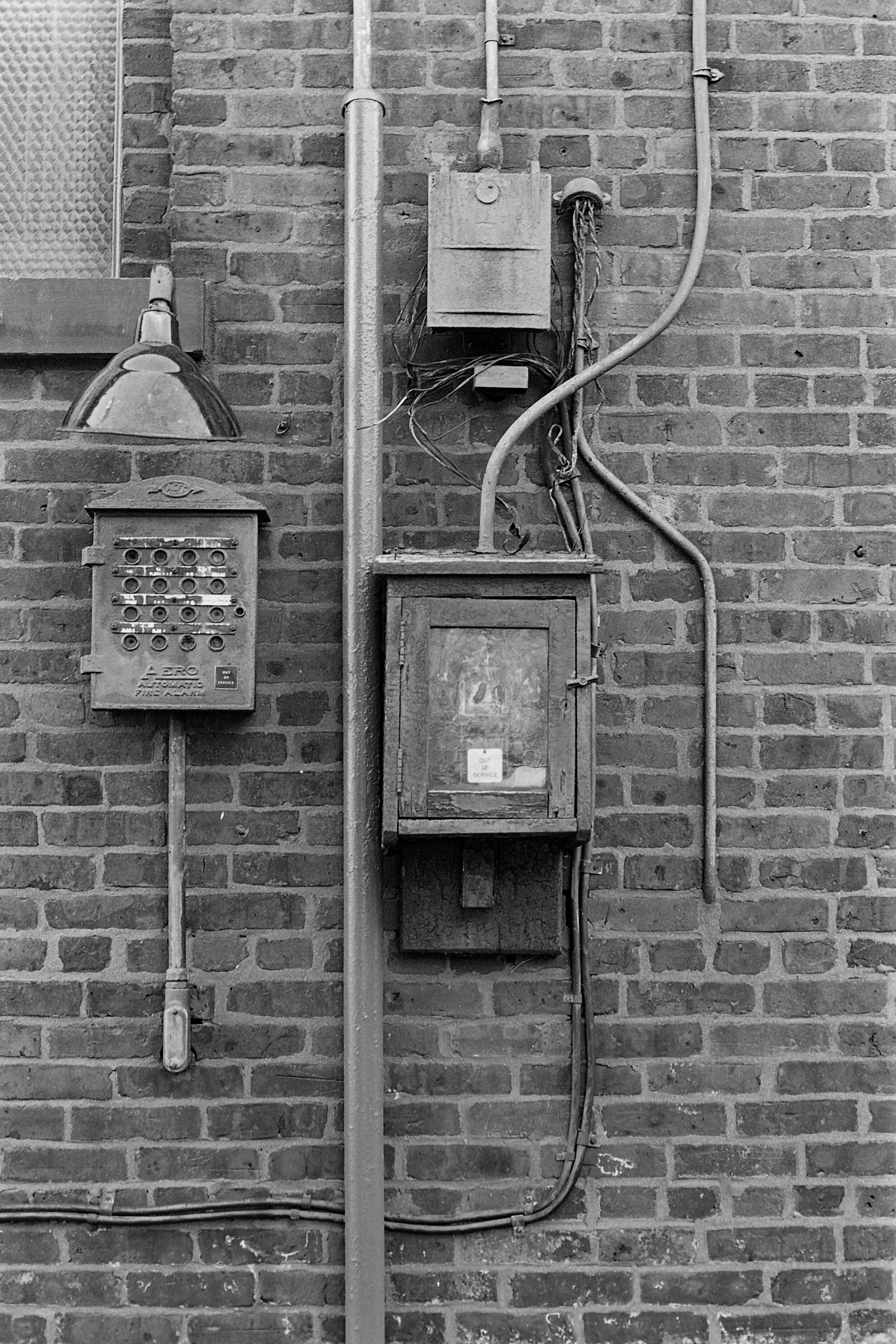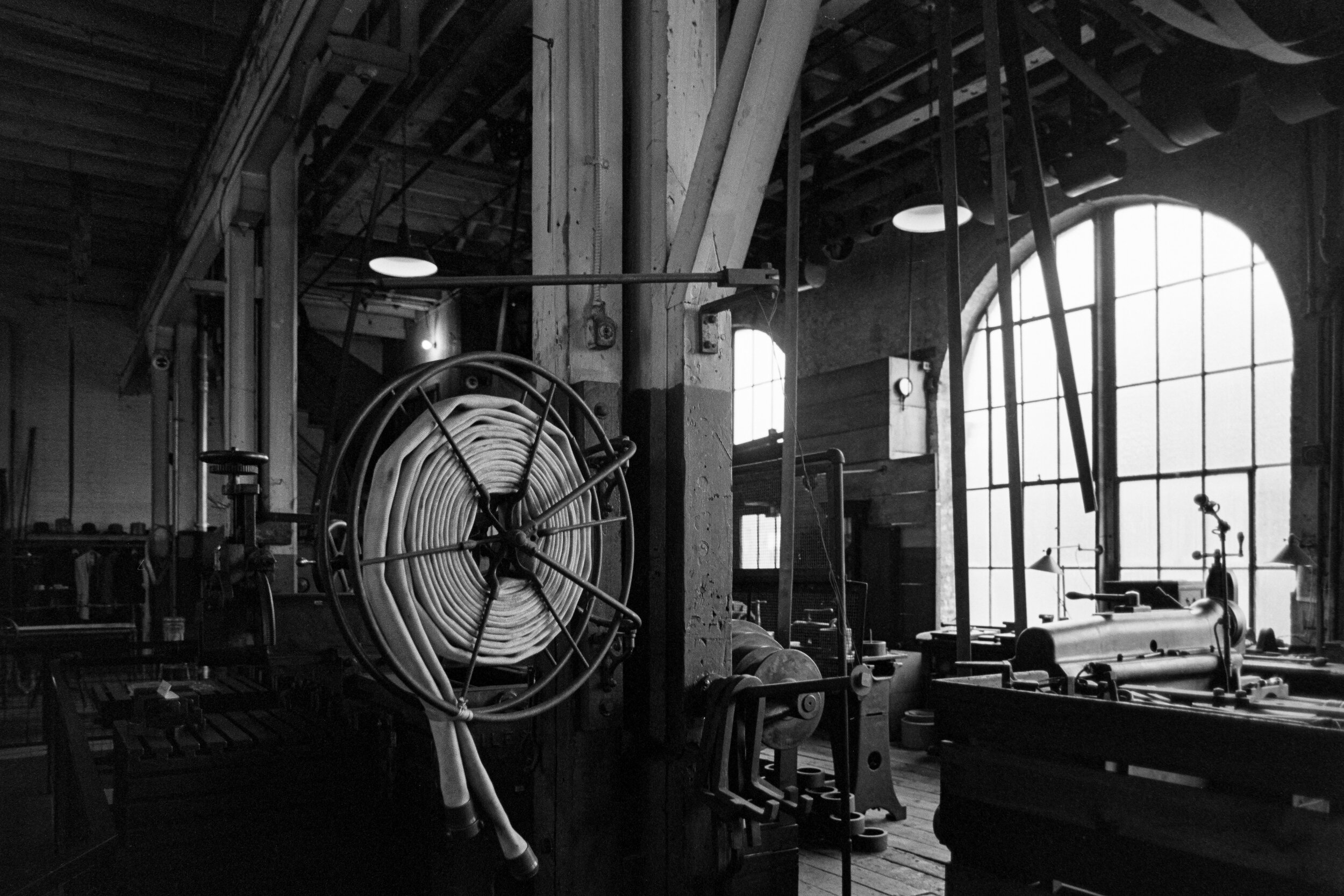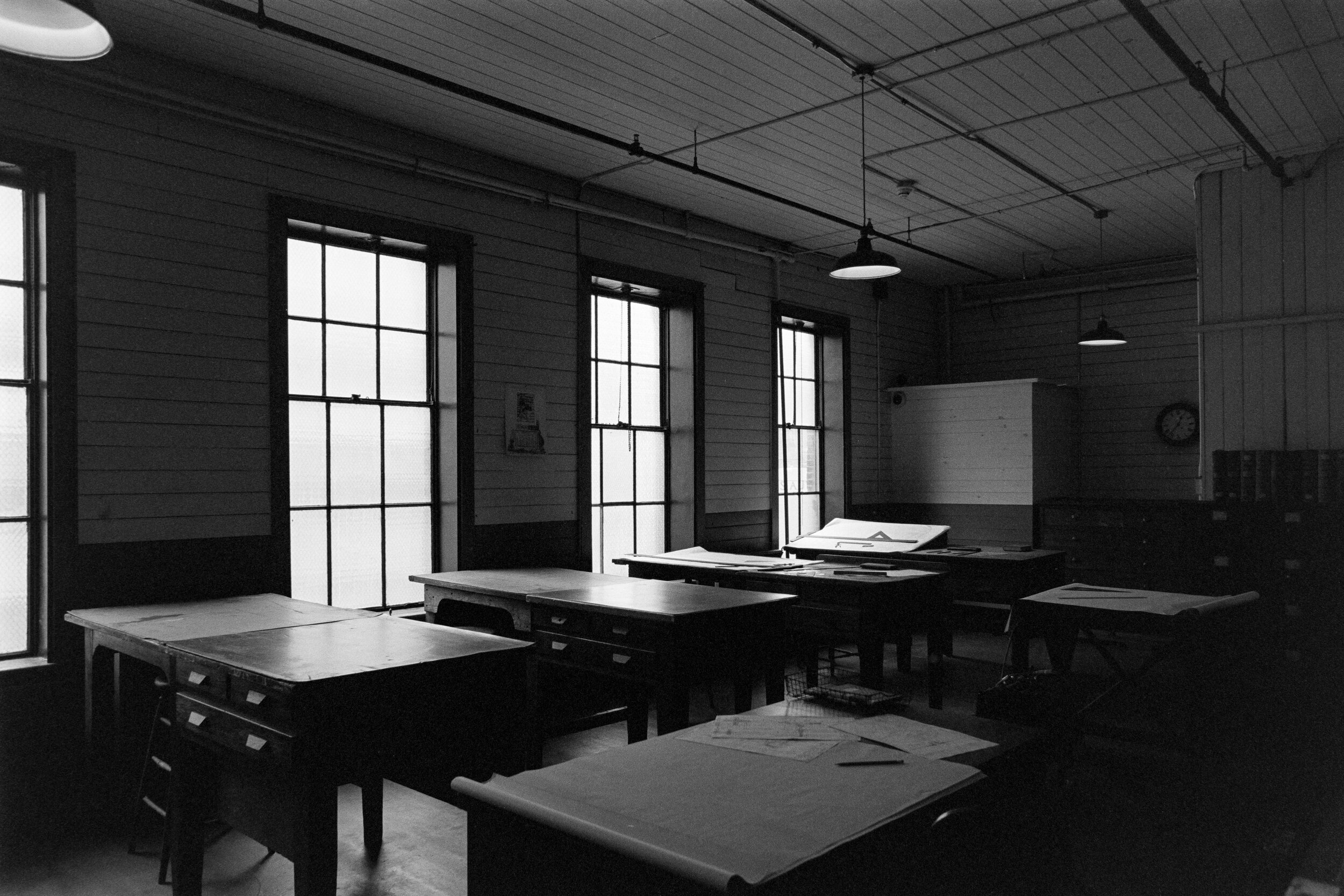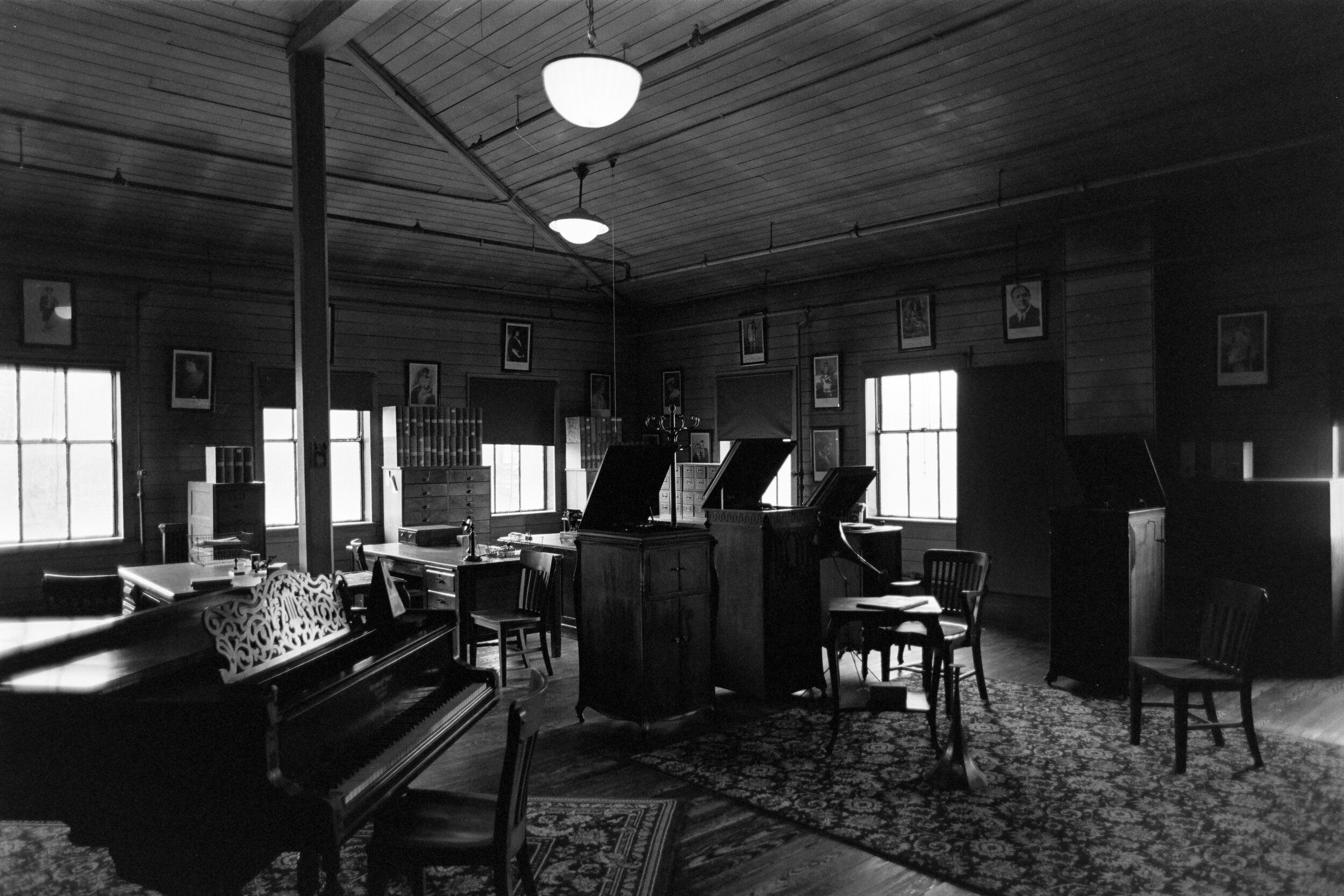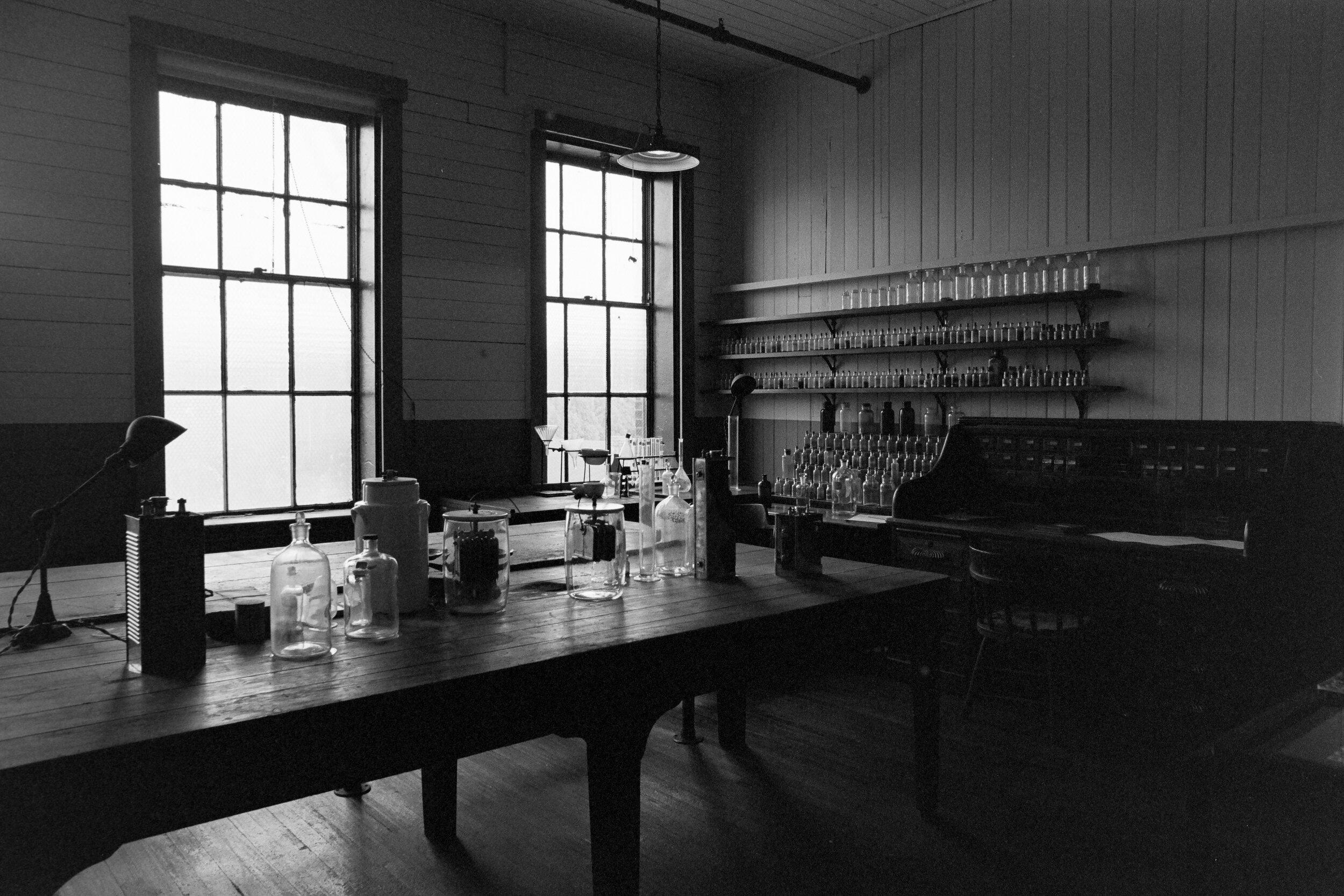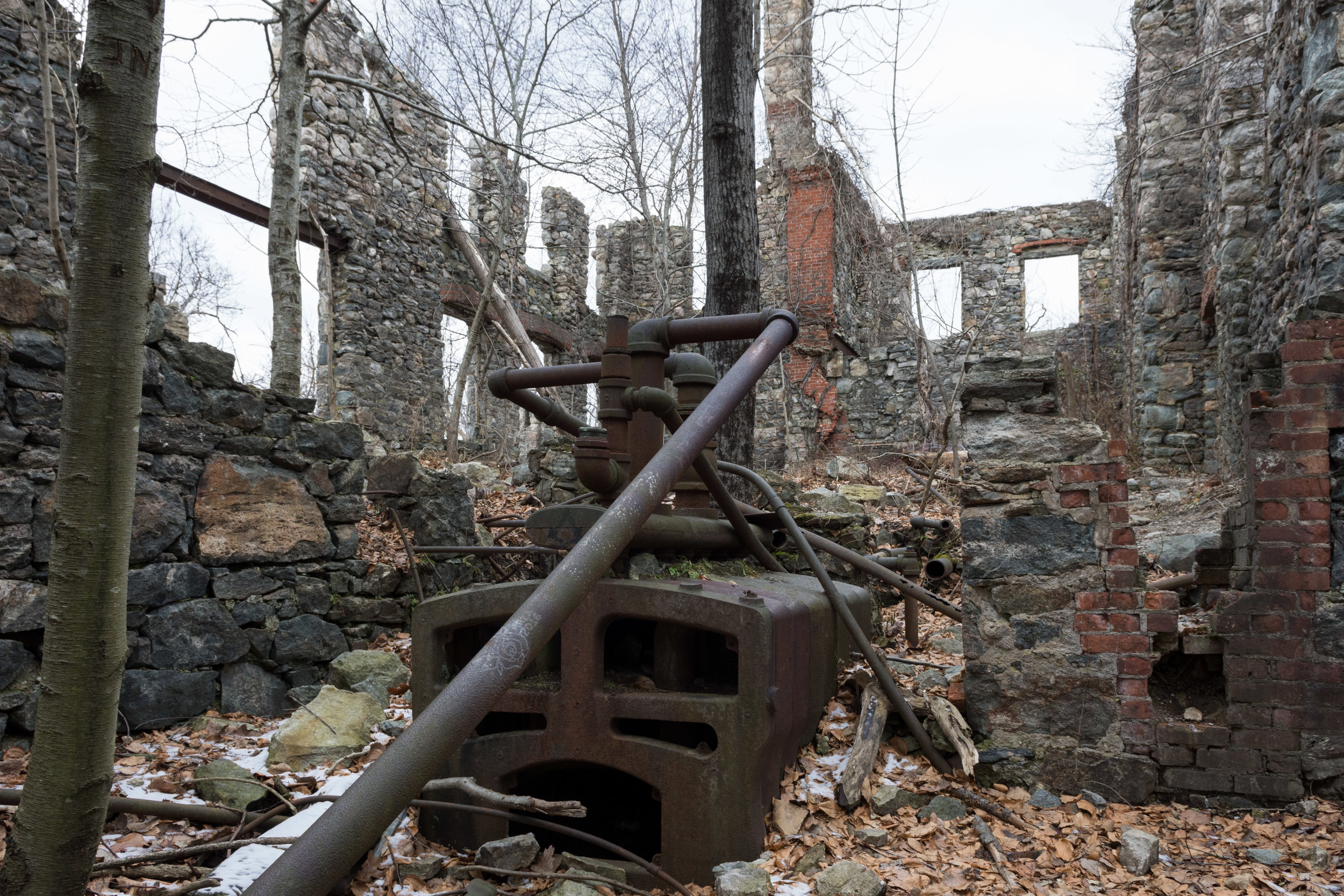Sonnenberg Mansion and gardens is a New York State Historic Park located in Canandaigua, New York. The property originally encompassed 300 acres and is the former home of Frederick Thompson, a New York City banker. He and his wife developed an extensive network of gardens and greenhouses on the property before Mrs. Thompson died in 1923. The property was sold off to the federal government in 1931 and a Veterans Affairs Hospital was built adjacent to the mansion. The gardens fell into disuse as the federal government was unable to foot the bill for their upkeep. The hospital is still in use but the VA passed the mansion and 50 acres, including the Thompson’s original greenhouses, to a non-profit in 1972. The non-profit sold everything to the state in 2008, which has administered the park ever since.
I visited Sonnenberg during a trip upstate to Cornell. I really should’ve gone when the gardens were in bloom, but it seems I just missed them in the early fall. The main feature of the greenhouse complex is a glass domed building divided into multiple sections. There are rooms dedicated to specific plants like orchids and cacti, and a large central room with trees that scrape the glass domed ceiling. The greenhouse reminds me of the National Arboretum in Washington DC, or what the greenhouse at Lyndhurst might’ve looked like back in its heyday. There are also a number of smaller greenhouses in varying states of disuse, many with missing glass paneling. Sonnenberg hopes to restore more of these structures as money becomes available.
Greenhouses
The Mansion
The mansion interior is beautifully restored, and the exterior is in good shape. I love the slate roof and contrasting color of the stonework against the crimson red siding. The Thompsons were amateur ornithologists and built an aviary to house their exotic bird collection. Many taxidermy birds can be found in the mansion, and an ornate painting of a peacock is a prominent feature near the first-floor entrance. Mr. Thompson was a photographer himself, and I immediately recognized the Kodak 8x10 camera and stereoscope viewer inside the study. I love stereoscopic images, which are shot at slightly different angles and viewed though a special set of glasses. The slight difference in camera angle produce a 3D effect. There were many rooms in the mansion I wasn’t able to visit as we were restricted to touring the first floor. Among the rooms I could see were the billiards hall, dining room, living room, and study. While the mansion was certainly opulent, I didn’t find it as overbearing as the Vanderbilt mansion I visited in Hyde Park while shooting my Hudson Valley Mansions series. I could see personal touches left by the people who lived there, the things they collected on their travels around the world. It felt lived in, which some historic mansions do not. Hopefully, when the world returns to normal post-COVID, I’ll be able to make a return visit to see the gardens in full bloom.

